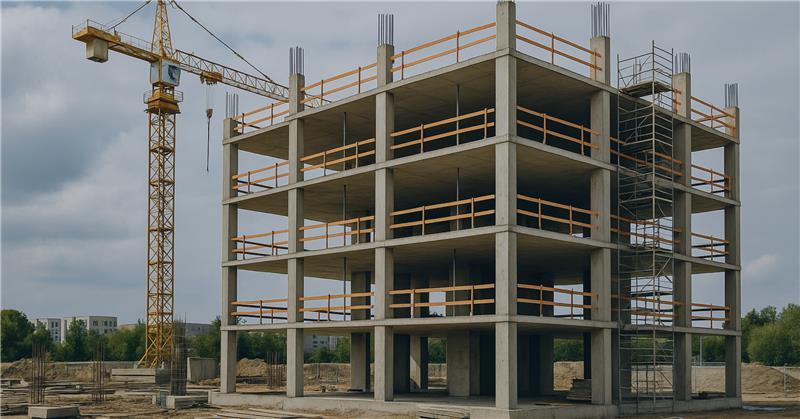Also know as “pop-up” stores, flash retail is not a new phenomenon. As early as 1298 in Vienna, Albert I began this now centuries old tradition, and the concept quickly spread throughout Europe. Presently, 12 markets open in Vienna each holiday season offering food, wine, and hand-crafted goods. The largest of these is “Christmas World.”
Modern iterations of pop-up retail most people recognize include seasonal farmers’ markets, holiday costume shops, and consumer expos. Aside from industry exhibitions and temporary holiday-centered establishments, one of the first modern pop-up retail stores opened in 1997. The Ritual Expo in Los Angeles was conceived by Patrick Courrielche, and rapidly earned the nickname “ultimate hipster mall.” Shortly thereafter, Courrielche, an American media entrepreneur, partnered with AT&T, Levi-Strauss, and Motorola to create pop-up experiences across the country to market products to younger consumers. Today, flash retail is a ten billion-dollar industry. Pop-up shops are being developed in a variety of shapes and sizes, as well as locations. The venues for pop-ups can be a traditional brick-and-mortar establishment as a store-within-a-store, a stand-alone kiosk or even a motorized vehicle, such as a food truck.
So, why is flash retail trending among retailers and consumers? From the retailers’ perspective, pop-ups present a viable way to extend their brand and introduce new products. Further, pop-ups allow companies to “test” the popularity of new offerings with small cross-sections of prospective buyers, as well as understand regional consumer preferences. They are becoming the next generation of consumer focus groups. According to a Pop-Up Republic Poll, consumers want and expect a unique pop-up shopping experience. They look for pop-ups to provide more “specialized” shopping – especially seasonal products. In fact, 61% of shoppers in the poll list seasonal shopping as the main reason to visit a pop-up. Other reasons include localized assortments (36%), optimal pricing (34%), convenience (34%) and a fun experience (30%).
Pop-ups are a direct result of changing consumer shopping habits. According to Business Insider, the recession of 2008 was a main impetus for the shift. People are spending more on “experiences” than “things.” They are seeking deep discounts, shopping convenience, and product information, especially from user reviews.
It is not surprising to note that changing preferences had a dramatic effect on shopping malls. Money magazine recently predicted that one-third of the malls in the U.S. will close within the next few years. In 2017, retail analyst, Jan Kniffen, echoed that doom and gloom scenario, predicting on CNBC that 400 of the country’s 1,100 enclosed malls will fail. Of the remaining malls, he posits that only 250 will thrive, while the rest will continue to struggle. The main reason for closures is the escalating number of retail bankruptcies. In 2017, 26 major retailers filed for bankruptcy. Filings this year include Brookstone, Rockport, David’s Bridal, and Sears Holdings among several others. The loss of multiple anchor stores usually is the death-knell of a mall.
While discount chains like Marshall’s and T.J. Maxx are opening stores in some malls to snatch up abandoned space, the closure of many mainstream anchor stores by retail giants has resulted in a significant over supply of space far exceeding the demand of discounters. Where the closures have impacted entire malls, many abandoned venues look surreal and apocalyptic. There is even a group known as the “Dead Mall Enthusiasts” who are chronicling the retail decade of decay on Facebook.
The death of some malls has led developers to repurpose several of them as medical centers, churches, colleges, elementary schools, apartments and office spaces, because in the neighborhoods around deteriorating malls, the crime rates tend to increase, other homes and buildings vacate, and the community deteriorates. Readers interested in examples of successfully repurposed malls can find descriptions here.
Yet, despite this trend some malls are thriving. What is their secret? These prosperous malls, like Bal Harbor Shops in Florida, tend to be in high-density, affluent or tourist markets, and have witnessed sales grow at double-digit rates over the past five years, according to Fung Global Retail & Technology. Bill Taubman, chief operating officer at Taubman Centers, believes the gap between affluent stores and the lower tiers will widen as big retailers compete for a smaller slice of the consumer spending pie.
With changing purchasing habits and the decline of malls, what does the future hold for pop-ups? It does not appear that pop-ups are going anywhere. Developers like WS Development in Boston are opening pop-up friendly malls that are attractive to consumers for their newness. Shoppers are buying new products and being exposed to alternative brands, as well as different food and lifestyle options. Large department stores, like Bloomingdale’s, have adopted rotating storefronts and “shops-in-shop” to have goods that are not just in-store but also on the frontline windows. The pop-up phenomenon has also spread to e-commerce. For example, Tiffany’s launched a two-week digital pop-up shop for the Chinese market, where various brands were able to showcase other offerings for Tiffany’s Paper Flower collection. Customers could purchase items and experience an amazing digital virtual/augmented reality experience. Eventually the concept went live in the brick-and-mortar spaces. Clearly, the retail industry is responding to customer-centric demands.




